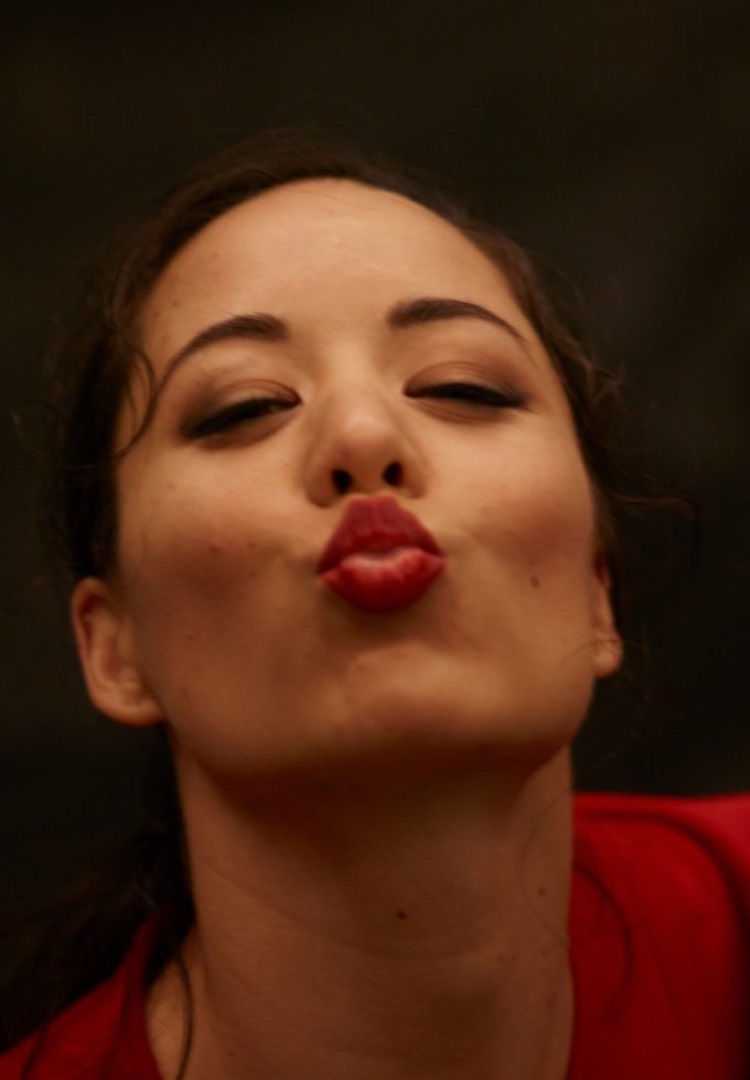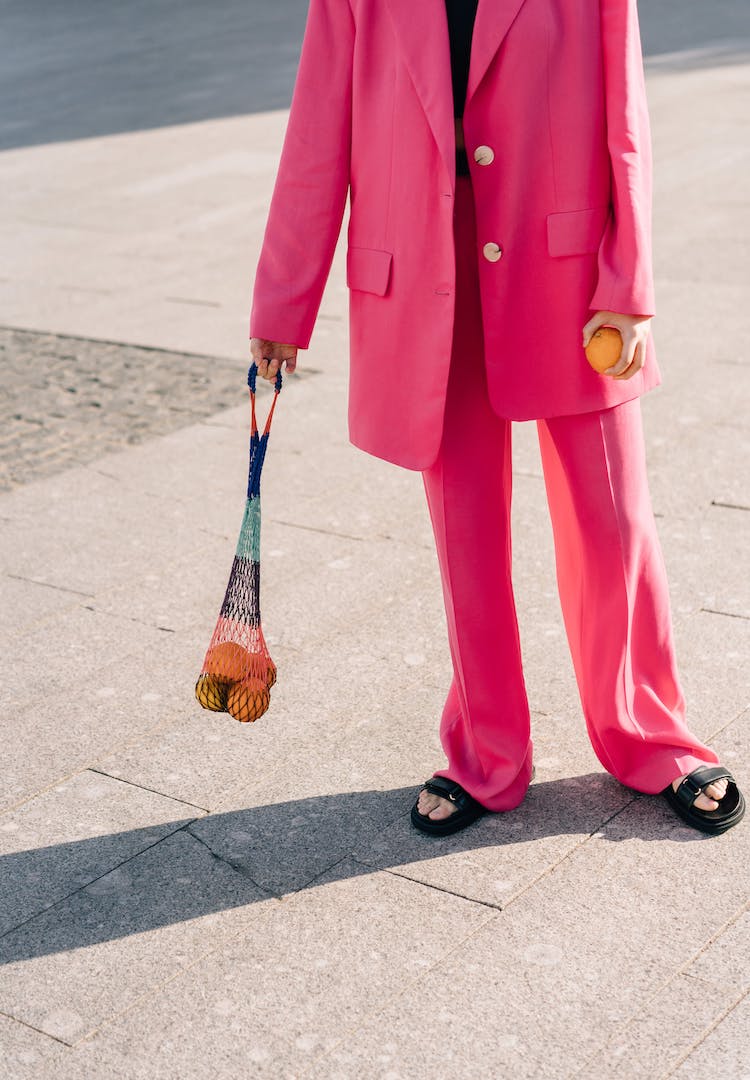“I spent my peak dancefloor days in my doctor’s office”: At 22 years old, I discovered I had ovarian cancer
WORDS BY EMILY JOL
“Had I not listened to my best friend (literal lifesafer) or waited another week before seeing a different doctor, I might not be here today.”
At 22, the last place I expected to be was in an oncologist’s waiting room. I was the youngest person there by decades. While my friends were out getting drunk, getting degrees and dating, managing my declining health had become my full-time job.
As I waited for my name to be called, it felt like life had dealt me a cruel and unfair hand. But amid my anxiety and angst, what I failed to realise was that I was blessed to be there at all. Developing ovarian cancer at 21 is by no means fortunate but catching it as early as stage 1A is as lucky as it comes.
Looking for more thought-provoking reads? Try our Life section.
My journey to that waiting room was a long one. After months of abnormally heavy periods (and not one but two instances of bleeding through my jeans at Coles), my best friend convinced me to go to the doctor for a check-up. A routine ultrasound quickly picked up a golf ball-sized cyst in my right ovary – something I was told was an entirely normal part of the female experience.
I was prescribed the contraceptive pill and told to get on with things. Pain, according to my doctor, was a normal part of womanhood. Over the next few months, my symptoms snowballed. My heavy periods became painful too. Nausea plagued me constantly. I had to pee every hour on the hour (would not recommend) and my lower back ached with the persistence of an Olympic athlete.
I had a hypothesis, given my ultrasound results, that the chronic pelvic pain I was experiencing was from my supposedly ‘very normal’ ovarian cyst. When my doctor told me it was all in my head I believed her. After all, she had the medical degree and I did not.
As I spent my peak dancefloor days in my doctor’s office, it was becoming more obvious that something was wrong but no one would take me seriously. I left my weekly GP appointments being told that my pain was normal, and worse, it was all in my head. Medical misogyny and gaslighting are very real barriers to women receiving adequate health care.
Take it from me, severe pain is not a necessary symptom of womanhood – it’s a sign that something is wrong. To get me out of the waiting room, my file was scattered with a myriad of misdiagnoses ranging from PCOS to celiac disease. My doctors refused to test me for ovarian cancer because they believed it was a disease reserved for women decades older than me. They were mistaken.
It took six months, several different doctors, the fierce advocacy of my mother and an emergency surgery to get me an accurate diagnosis. Finally, two weeks after my 22nd birthday I heard the words I had been dreading: ‘Stage 1A ovarian cancer’
A biopsy from my surgery showed that my tumour was rare, but its removal spared me from chemo or radiotherapy. By my surgeon’s accounts, what stood between me and a progressed tumour was just a number of days. The fact that I was diagnosed so early – despite my six-month-long fight for a doctor to take my pain seriously – is nothing short of a miracle.
Ovarian cancer is the most lethal reproductive cancer of any gender, with a survival rate of only 49 per cent. Most women diagnosed will learn they’re in the advanced stages. This is a fact that is not lost on me. I am profoundly lucky to still be here. Had I not listened to my best friend (literal lifesafer) or waited another week before seeing a different doctor, I might not be here today.
Trusting your body when it’s telling you something is wrong and advocating for yourself might save your life (it’s certainly what saved mine) but it’s not enough to change these statistics. Funding and research hold the keys to improving the survival rate of ovarian cancer. That’s why I’m proud to be an ambassador for the Witchery and Ovarian Cancer Research Foundation’s White Shirt Campaign.
I wish I could tell you that every day of remission has been filled with joy, optimism and a new lease on life but that would be a lie. I’m 26 now, and despite being four years into this journey, it’s still a difficult one to manage.
My surgery, whilst curative, has left me with residual chronic pain. I still have surgeries ahead of me to manage the risk that my ovaries now pose to my health. Some days, the fear of getting sick again makes me feel, well, sick.
I’ve spent a lot of time in my oncologist’s waiting room feeling scared and alone, waiting for my cancer to come back. But as I speak with other ovarian cancer survivors and see the awareness being raised by the White Shirt Campaign, I don’t feel that way anymore. I feel hopeful – hopeful that we can change the statistics and hopeful for a cancer-free future.
There is currently no accurate or non-invasive early-detection test for ovarian cancer. My doctors still rely on my intuition to tell if something is wrong. It’s up to me to determine the difference between regular period pain and a tumour recurrence (talk about pressure).
The only way to change this is through research. It’s the only way forward. When you buy a white shirt from Witchery, 100 per cent of the gross proceeds are donated to the Ovarian Cancer Research Foundation so you get new clothing and fund research projects that will save the lives of women like me. Now, that’s what I call a win-win. Every wardrobe needs a white shirt, and every woman deserves a future free from ovarian cancer.
For more information on ovarian cancer and the work of the Ovarian Cancer Research Foundation, head here.










